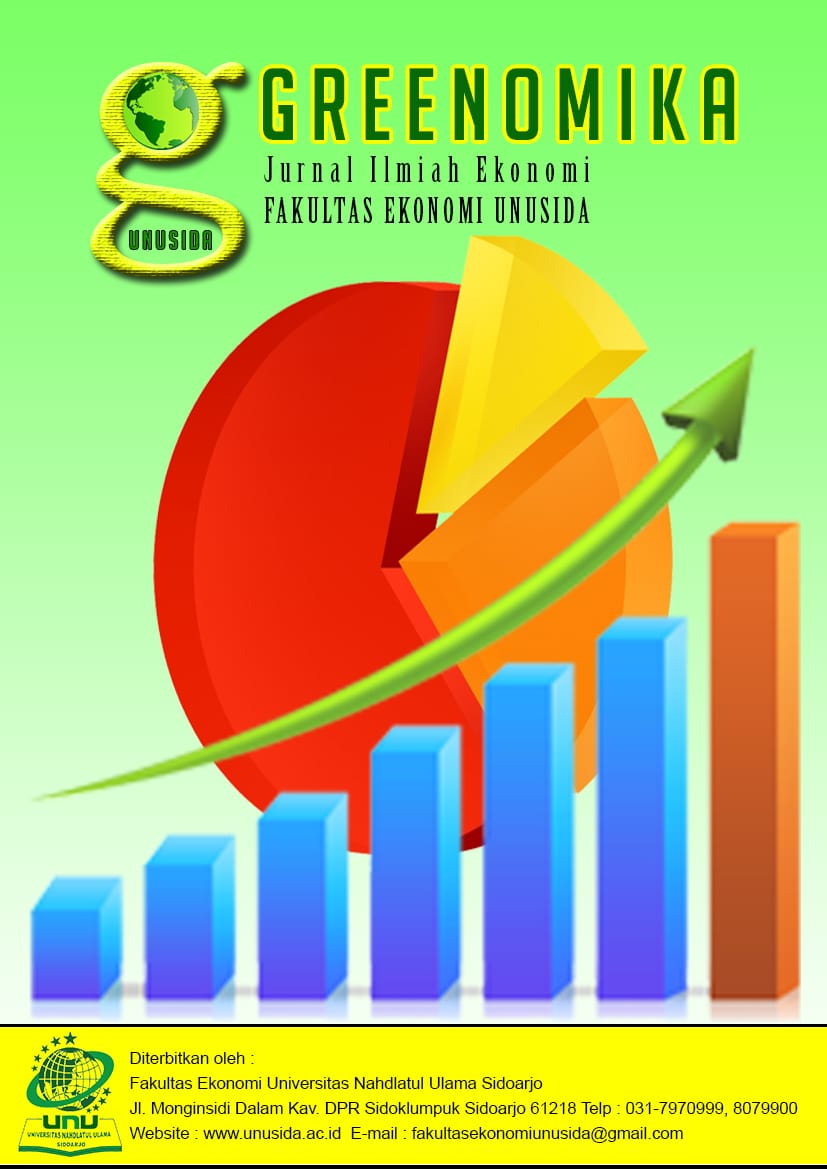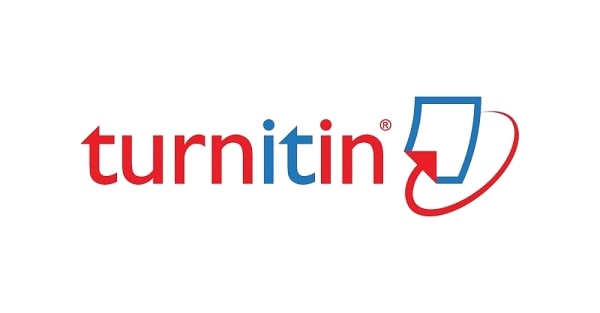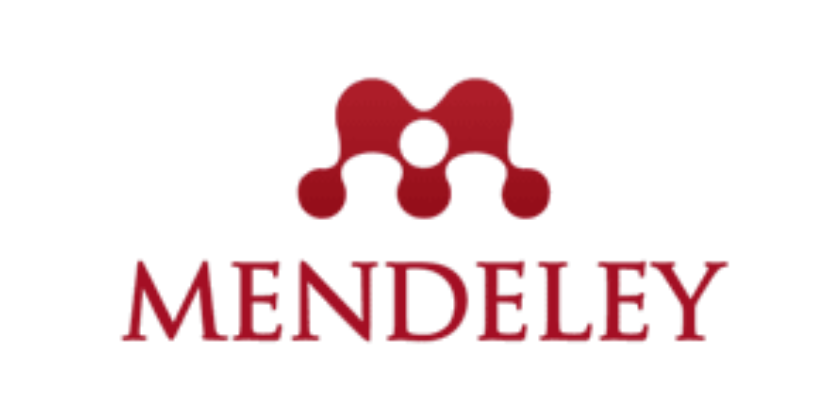Detection of Financial Statement Fraud in Mining Companies on the Indonesia Stock Exchange
DOI:
https://doi.org/10.55732/unu.gnk.2025.07.1.10Keywords:
Financial Statement Fraud, Beneish M-Score, Mining Sector, Fraud TriangleAbstract
Financial statement fraud is a serious threat to investor confidence and capital market stability. This study aims to determine indications of financial statement manipulation in mining sub-sector companies listed on the Indonesia Stock Exchange (IDX) using the Beneish M-Score model. This study uses a quantitative approach with secondary data from the company's financial statements during the 2020-2023 period. A total of 15 companies were sampled based on certain criteria. The results of the analysis show that around 47% of the sample companies have an M-Score value above the -2.22 threshold, which means they have the potential to manipulate financial statements. This finding supports the fraud triangle theory and emphasizes the importance of a stronger supervisory system, especially in industries prone to external pressures such as mining. This research is expected to provide an initial overview for inventors, auditors, and regulators in assessing financial risk and as a reference in strengthening corporate governance.
References
ACFE Indonesia Chapter. (2019). Survei Fraud Indonesia 2019.
Arista, D. M., & Rahayu, L. P. (2023). Analisis Faktor Faktor yang Mempengaruhi Kecurangan Laporan Keuangan: Pendekatan Teori Fraud Pentagon. Jurnal Riset Akuntansi Kontemporer, 15(1), 60–72.
Beneish, M. D., & Nichols, D. C. (2020). Detecting Earnings Manipulation by Public Firms: Revisited. Journal of Forensic Accounting Research, 5(1), 45–63. https://doi.org/10.2308/JFAR-2020-0004
Cressey, D. R. (1953). Other People’s Money: A Study in the Social Psychology of Embezzlement (1st ed.). Free Press.
Dewi, N. P. R., & Kartika, A. D. (2022). Analisis Fraud Laporan Keuangan dengan metode Beneish M-Score pada Perusahaan Tambang di Indonesia. Jurnal Riset Akuntansi Multiparadigma, 13(3), 510–526. https://doi.org/10.18202/jram.v13i3.10642
Firdausi, A., & Triyanto, D. N. (2021). Analisis Fraud Diamond dalam Mendeteksi Potensi Kecurangan Laporan Keuangan (Studi Empiris pada Perusahaan Sektor Pertambangan yang Terdaftar di BEI Periode 2016-2019). E-Proceeding of Management, 8(4), 3289–3295.
Ginting, A., & Syafruddin, M. (2021). Analisis Deteksi Kecurangan Laporan Keuangan Menggunakan Model Beneish pada Sektor Industri. Jurnal Akuntansi Dan Audit, 18(1), 50–63.
Halim, K. I., & Novianty. (2025). The Impact of Managerial Ownership, Operating Cash Flow, and Sales Growth on Corporate Tax Avoidance. GREENOMIKA, 7(1), 20–28. https://doi.org/10.55732/unu.gnk.2025.07.1.3
Harsono, B., Elvinis, J. F., Vaustine, K., & Xaviolyn. (2022). Analisis Pengaruh Fraud Triangle pada Kecurangan Laporan Keuangan PT Timah Tbk Tahun 2018. Jurnal Akuntansi Barelang, 7(1), 16–20.
Indriantoro, N., & Supomo, B. (2022). Metodologi Penelitian Bisnis untuk Akuntansi dan Manajemen (Revisi). BPFE Yogyakarta.
Kurniasari, V., & Hapsari, N. (2021). Fraud Triangle dan Deteksi Manipulasi Laporan Keuangan di Sektor Energi. Jurnal Ilmu Dan Riset Akuntansi, 15(2), 100–113.
Nurlaeliyah, R., & Hartanti, F. D. (2023). Financial Statement Fraud Detection Using Beneish M-Score and Corporate Governance Mechanism: Evidence from Indonesia. Asian Journal of Accounting Research, 8(1), 112–129. https://doi.org/10.1108/AJAR-09-2022-0141
Rahmawanti, D. I., Kurniawan, B., & Purba, A. (2023). Pengaruh Fraud Triangle dalam Mendeteksi Financial Statement Fraud pada Perusahaan Pertambangan. Jurnal Ilmiah Akuntansi Dan Keuangan, N/A(N/A), 1–10.
Rinjani, S. M., Yennisa, Kusumawardhani, A., & Purnama, H. (2025). Deteksi Fraud terhadap Laporan Keuangan dengan Analisis Fraud Triangle pada Sektor Pertambangan di IDX Periode 2018-2022. UPY Business and Management Journal (UBMJ), 4(1), 31–40.
Santosa, P. B. (2022). Dasar-Dasar Penelitian: Metodologi dan Statistik. ANDI.
Saputri, A. W., Kurniawan, W. O., & Putri, C. A. (2025). The Implementation of Forensic Accounting to Enhance the Transparency of Financial Reports. GREENOMIKA, 7(1), 87–103. https://doi.org/10.55732/unu.gnk.2025.07.1.9
Sari, M., & Hartono, J. (2022). Fraud Triangle dan Kecurangan Laporan Keuangan di Perusahaan Publik. Jurnal Dinamika Akuntansi Dan Bisnis, 9(3), 144–157.
Sugiyono. (2022). Metode Penelitian Kuantitatif, Kualitatif dan R&D. Alfabeta.
Vivianita, A., & Indudewi, D. (2018). Financial Statement Fraud pada Perusahaan Pertambangan yang Dipengaruhi oleh Fraud Pentagon Theory. Dinamika Sosial Budaya, 20(1), 1–15. http://journals.usm.ac.id/index.php/jdsb
Wibowo, F., & Supriyadi, T. (2022). Penerapan Teori Agen dalam Mendeteksi Fraud Laporan Keuangan. Jurnal Ekonomi Dan Bisnis, 11(3), 199–212.
Wicaksana, E. A., & Suryandari, D. (2019). Pendeteksian Kecurangan Laporan Keuangan pada Perusahaan Pertambangan di Bursa Efek Indonesia. Jurnal RAK (Riset Akuntansi Keuangan), 4(1), 44–47.
Yusuf, M., & Rachmawati, D. (2020). Corporate Governance and Earnings Management: Testing Beneish M-Score in Mining Industry. Jurnal Ilmiah Akuntansi Dan Keuangan, 9(1), 55–67. https://doi.org/10.1016/j.jika.2020.04.008
Downloads
Published
Issue
Section
License
Copyright (c) 2025 Widiar Onny Kurniawan, Intan Marzita Saidon, Taudlikul Afkar, Wanudya Ajeng Ferara

This work is licensed under a Creative Commons Attribution-NonCommercial 4.0 International License.
Authors who publish with this journal agree to the following terms:
Authors retain copyright and grant the journal right of first publication with the work simultaneously licensed under a Creative Commons Attribution License that allows others to share the work with an acknowledgement of the work's authorship and initial publication in this journal.
Authors are able to enter into separate, additional contractual arrangements for the non-exclusive distribution of the journal's published version of the work (e.g., post it to an institutional repository or publish it in a book), with an acknowledgement of its initial publication in this journal.
Authors are permitted and encouraged to post their work online (e.g., in institutional repositories or on their website) prior to and during the submission process, as it can lead to productive exchanges, as well as earlier and greater citation of published work (See the Effect of Open Access).















